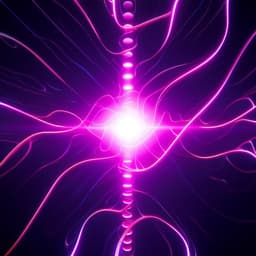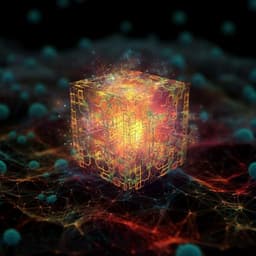
Physics
Intense ultraviolet-visible-infrared full-spectrum laser
L. Hong, L. Liu, et al.
Discover the groundbreaking work by Lihong Hong and colleagues, where they unveil an intense ultraviolet-visible-infrared full-spectrum femtosecond laser source capable of generating a broad spectrum from 300 to 5000 nm. This innovative laser source promises to transform optical spectroscopy and has far-reaching applications across various scientific disciplines.
Playback language: English
Related Publications
Explore these studies to deepen your understanding of the subject.







